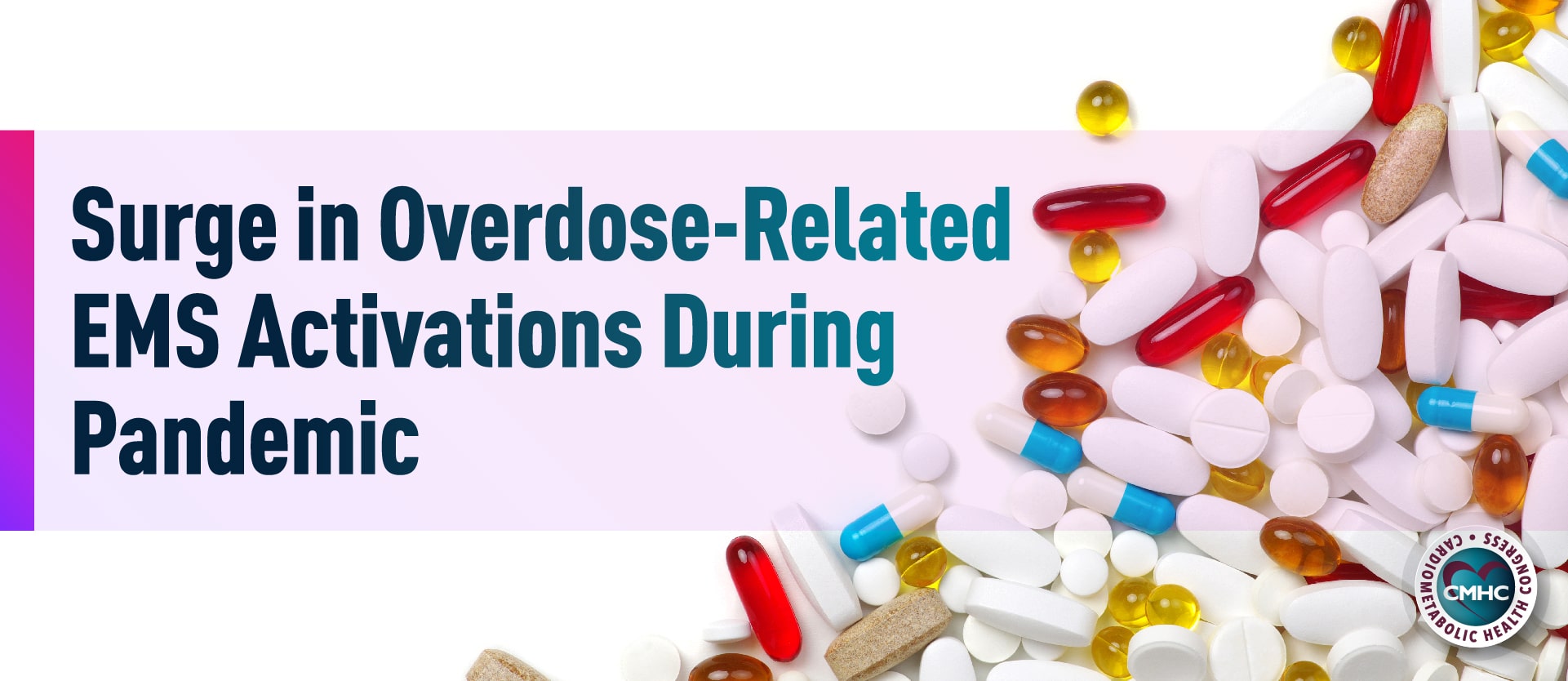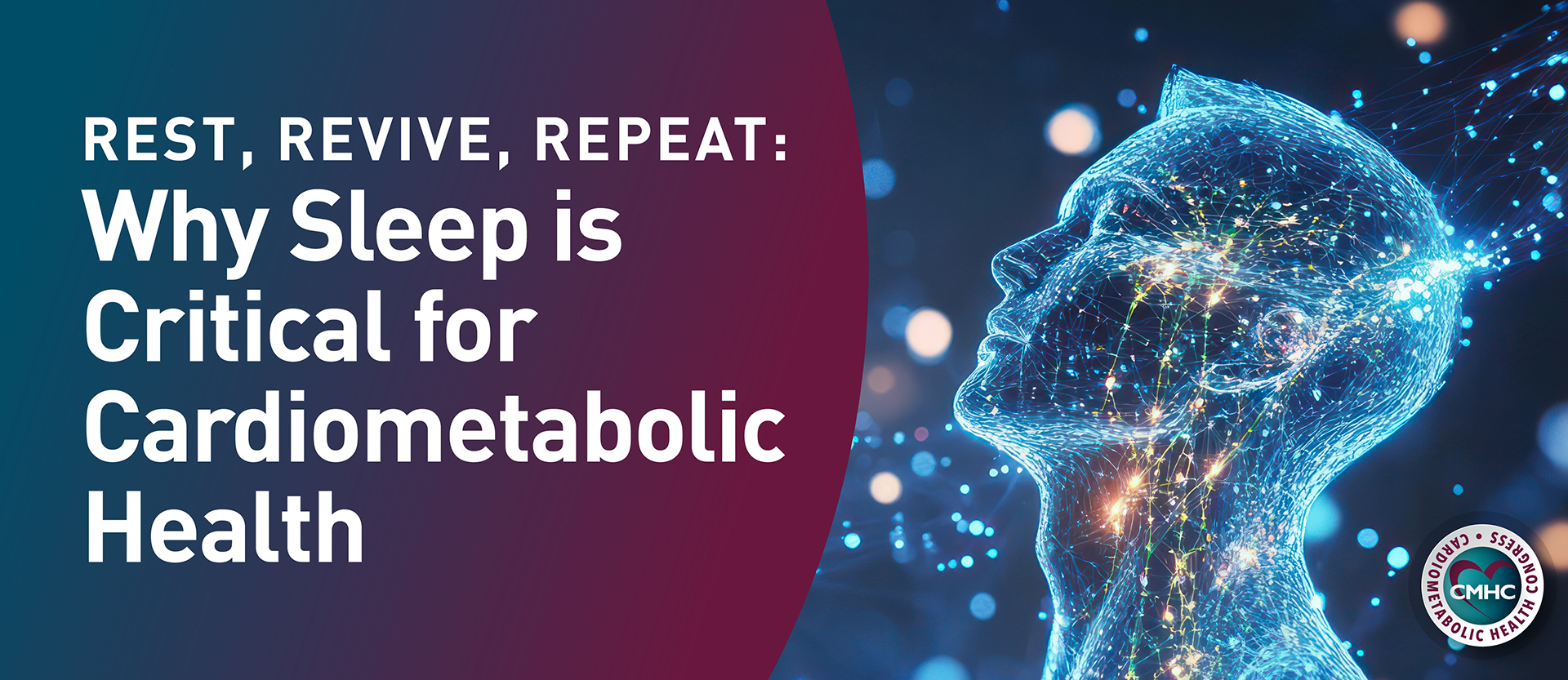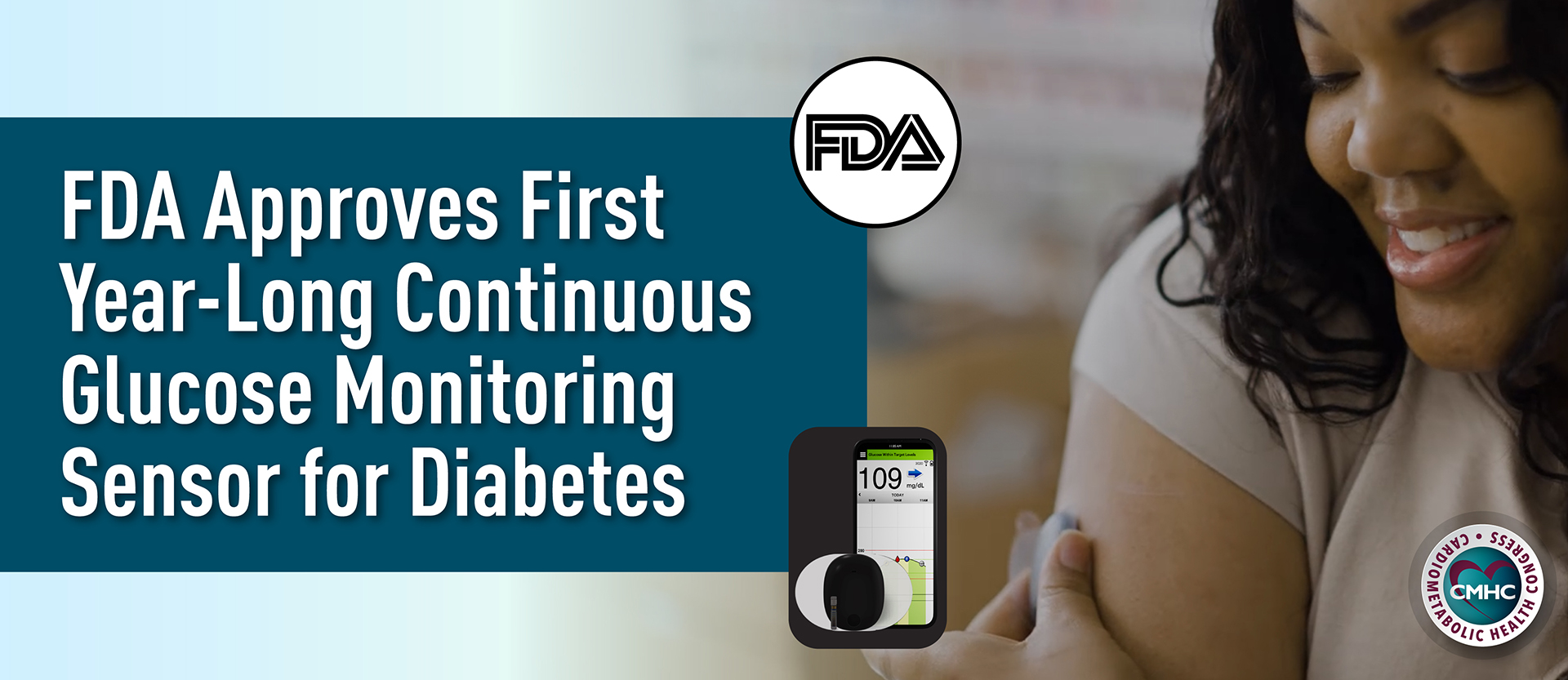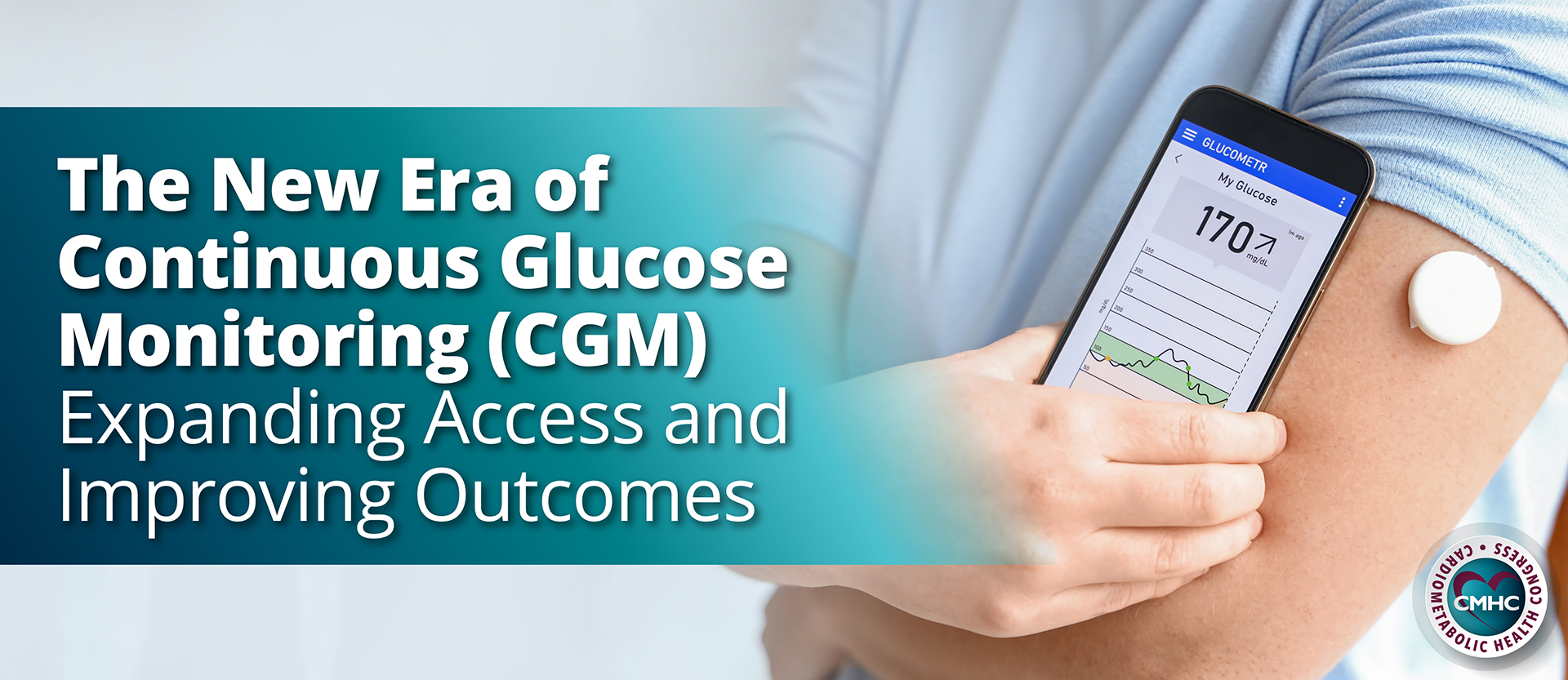At the beginning of the pandemic, the trends predicted by public health officials forecasted an increase in the proportion of individuals using substances alone, widespread toxification of the drug supply, and markedly reduced access to treatment, all of which could increase the lethality of overdose incidents. In addition, experts warned against the negative implications of social isolation which was likely to drive a surge in overdoses as people increasingly began using drugs alone without a person to call emergency medical services (EMS) or administer naloxone in the event of an overdose.
The rates of overdose deaths were increasing prior to the beginning of the pandemic, yet social distancing measures, increased isolation, heightened stress levels, and decreased emotional wellbeing in the population have contributed to a further rise in an alarming trend. Provisional data from the Centers for Disease Control and Prevention reveal that there was a total of 19,416 overdose deaths recorded between January and March – an increase of nearly 3,000 compared with the same quarter last year. According to an analysis of national EMS data, overdose-related cardiac arrests – which typically result in death – spiked amid pandemic conditions. Data from a recent study published in JAMA Psychiatry indicate that as of October 31, 2020, all but nine U.S. states have reported increases in opioid-related mortality among their populations.
Examining Overdose-Related EMS Calls
One of the many challenges in overdose research is the long lag time associated with traditional database sources, such as state-level mortality databases, which provide a more nuanced view of existing trends. However, monitoring can also be done using EMS data which is typically available in real-time and can also provide an indication of overdose rates.
As part of the recent examination, a team of researchers conducted a retrospective observational analysis of the National EMS Information System (NEMSIS) registry comprised of data from over 10,000 EMS agencies in 47 states, representing more than 80% of total EMS activations across the nation in 2020.
To determine year-by-year changes in overdose-related activations, the study’s authors calculated weekly overdose-related cardiac arrests and EMS activations and compared the 2020 values with those at baseline – defined as the weekly average of 2018 and 2019 values. They measured outcomes per EMS activations to adjust for potential call volume increases as new agencies joined the system.
Surge in EMS Activations Amid Pandemic Environment
The NEMSIS database represented nearly 26 million EMS activations of which 50.5% were from females and 50.2% were from patients 61 years or older. According to the study’s results, overdose-related cardiac arrests rose sharply beginning in mid-March and spiking in April a rate of 74.1 per 100,000 EMS calls, or a 123.4% increase from baseline values.
Rates subsequently decreased but remained elevated. Overall, between January 1 and August 1, 2020, overdose-related cardiac arrests accounted for nearly 50 out of every 100,000 EMS activations – a 48.5% increase compared with the weekly average of both 2018 and 2019 values. Although the weekly rates of overdose-relate EMS activations were elevated in 2020, these values were similar before and after pandemic restrictions were implemented with 1635.2 per 100,000 EMS activations before March 16 and 1760.7 per 100,000 EMS activations reported after March 16, 2020.
However, the findings are limited as they reflect a large cohort of EMS agencies which may not capture all of the nuances of recent epidemiological trends in the United States. Furthermore, shifts in the proportion of overdoses observed across the nation by EMS could bias results up or down; confirmation is needed as registration data becomes available.
The latest findings present a national large-scale surge in overdose-related cardiac arrest, in particular during the beginning months of the COVID-19 pandemic. At peak rates, overdose-related cardiac arrests occurred at more than double baseline of 2018 and 2019 resulting in an overall increase of nearly 50% reflected by the 2020 values.
The dramatic increase in activations shortly following pandemic restrictions were implemented signals that decreased mobility was associated with a sharp acceleration of fatal overdoses. These are believed to be caused by the increased fentanyl circulation within the drug supply coupled with social and economic repercussions associated with the pandemic, which frontline healthcare workers warn can drastically worsen the already alarming overdose curve.
A lack of a commensurate rise in total overdose incidents implies that the overdose case fatality rate is rising while the overdose rate continues along a more stable yet elevated trajectory. The evidenced trends signal a systemic failure to mitigate overdose risk, not strictly related to the pandemic. Nonetheless, now is a critical time for investments in substance use treatment, harm reduction strategies, access to treatment and rehabilitation programs, as well as structural drivers of overdoses as part of the core components of an effective COVID-19 response.


















